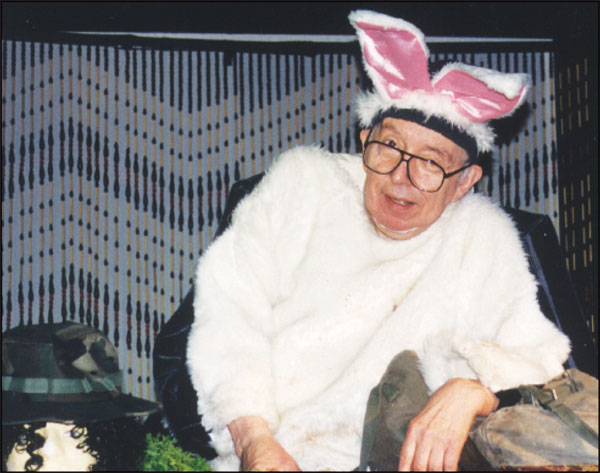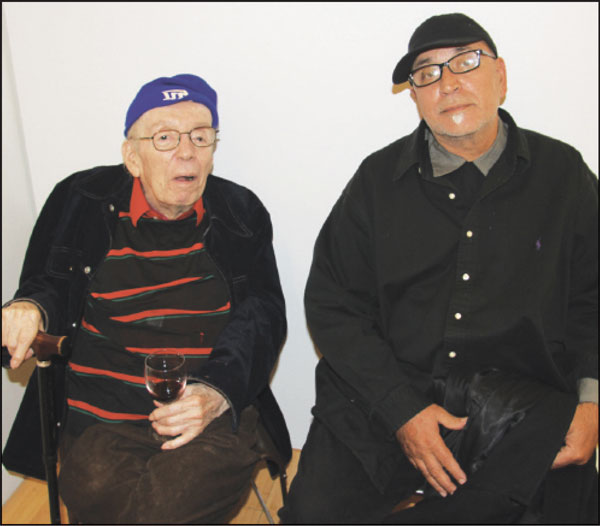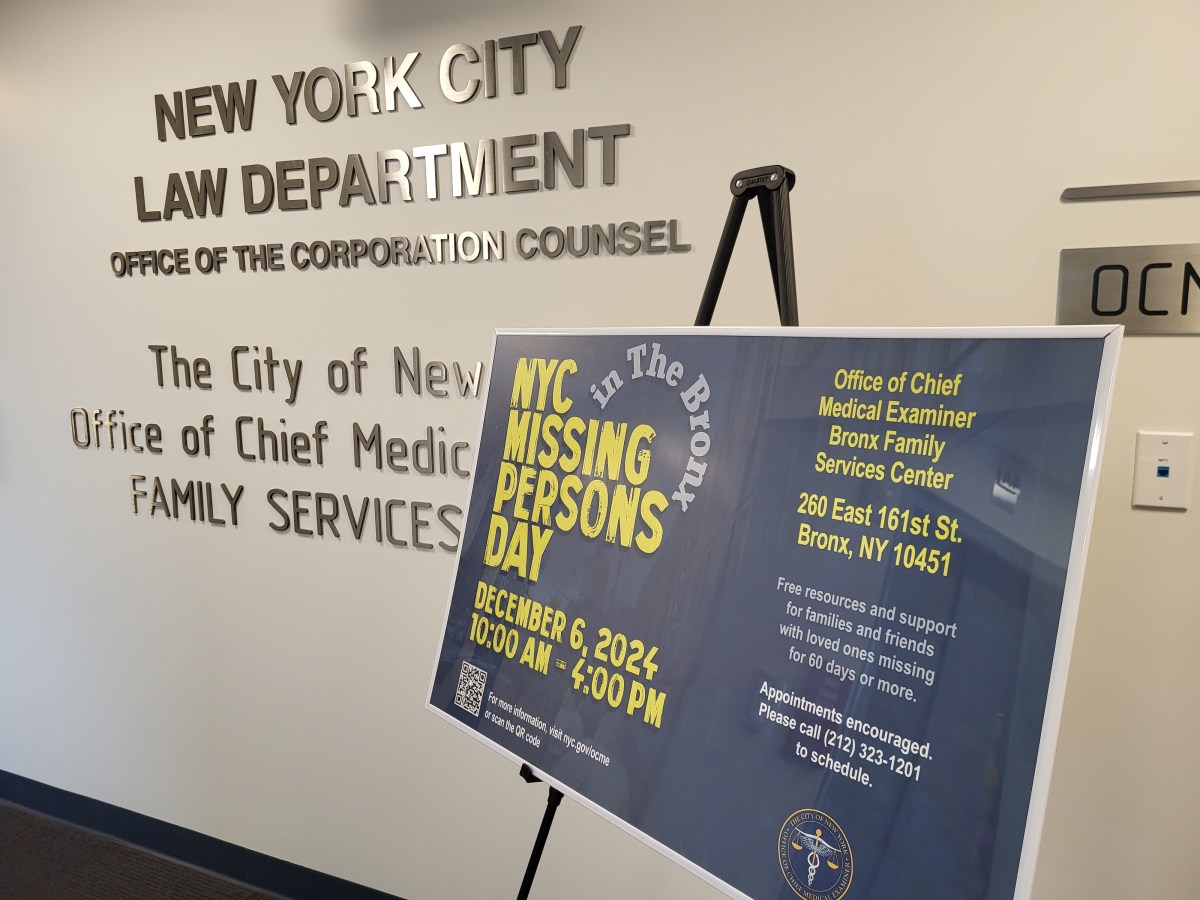 [/media-credit]
[/media-credit]
I would photograph the striving-to-be-mainstream celebrities before they went on the program, and Nelson Sullivan, the original 1980s creative video impresario, with his handheld, state-of-the-art, commercially available video camera, would flush out the glamorous part of the waiting characters.
My next Limelight recollection of Taylor is when Screaming Rachael, Jeremiah Newton and I created a cable award show called “The Nelsons,” in memory of Nelson Sullivan. The Nelsons were given to people we thought made a significant contribution to the kind of cable TV we appreciated. Taylor was a recipient of one of these awards.
In 1987 when Dennis Hopper had his brilliant photo exhibition at the Tony Shafrazi Gallery I videotaped the opening. Even though Jim Jarmusch, Julian Schnabel, Matt Dillon and other movie/artist celebrities were there, one of the most poignant moments in the video was when Taylor came in and Dennis and Taylor reunited again for the first time in many years. A truly classic moment. You could see Hopper was truly surprised and appreciative to see his old friend.
On First St. between Avenue A and First Ave. there was a tiny little jewel of a store, Little Ricky’s, which sold almost every kind of small item, masterpiece of kitsch and just about any type of knickknack one could imagine as cool and a must-have. This was before Little Ricky’s moved to First Ave. and Third St. In this mini-paradise I bought, for $5, a copy of “Taylor Mead On Amphetamine and in Europe” (Boss Books, 1968).
The Ludlow St. block my friend Taylor lives on, pre-gentrification, was a dangerous war zone run by a crew called the Ludlow Boys. The Ludlow Boys sold a brand of heroin called Hell Raiser. The block was treacherous for those who had no business being there. But the Boys were all local and Taylor was a known and loved member of the community. One quality that made him an endearing neighborhood figure was his self-proclaimed duty to feed the local feral cats. Taylor was that hardly visible shadowy figure, seen late in the night, dropping off open cans of cat food under fences and in vacant lots.

I used to wonder how Taylor stayed so active and healthy. He told me he walked 80 blocks a day. The fact that he lived on the top floor, five flights up, in an old tenement building also helped to keep him in shape. O.K., that kept him healthy, but sometimes his drinking would interfere with his physical fitness. I remember one time he came home drunk and fell down the stairs, fracturing his wrist. I photographed his injury and then contacted his old friend and supporter Baird Jones. Baird got a New York Post Page 6 item on Taylor and people reached out to offer him whatever kind of help they could provide.
On numerous occasions I would photograph Taylor when I would see him on the street, or in the JAE Bodega, at 99 Stanton St., buying cat food, or at one of his favorite eating places, Lucien’s Restaurant or the Pink Pony. Lucien and his wife, Phyllis, and Zac, their son, love and adore Taylor. When Taylor comes into one of these two fine-dining establishments they treat him like the Ludlow St. Grand Poo-Bah. Lucien always has him sit at his personal table. On Monday nights at the Pink Pony, Zac and I ran a dine-and-film club. Anton Perish came and screened his “Candy and Daddy” movie, staring Candy Darling and Taylor Mead.
One of the most important videos that Elsa Rensaa, my wife, and I made for Taylor was when his landlord was doing everything in his power, legal and illegal, to evict him from his rent-stabilized apartment. Pre-gentrification it was hard to rent these run-down dumps. Post-gentrification the monthly rent for the tiny, two-room hovel would cost more than a two-week holiday in Spain.
Both Elsa and I were disgusted at the landlord’s determination to evict his octogenarian tenant. His apartment was overrun with roaches, the plaster was falling off the walls, the place had not been painted in decades, the bathroom had no door, the faucets leaked, a large portion of the plaster ceiling was bulging and ready to fall. The building violation that I felt was the most hazardous was a hole in his bedroom ceiling. Above his bed was an opening large enough that I could stick my head through and see the great outdoors. When it rained or snowed the drops or flakes would fall onto Taylor’s bed.
Thankfully, Amy Wallen, the director of “The General Returns,” in which Taylor had acted, took it on as her mission to fight this case in court. She satisfied all of the judge’s demands, like cleaning up the apartment, getting rid of the roaches, sweeping the floors and cleaning up all the cat litter that Taylor’s cats kicked onto the floor. She contacted Cindy Carr, who wrote an exposé in the Village Voice on this life-threatening crime. And Elsa and I provided the photographic and video evidence of the disastrous living conditions. Amy was diligent, she did the hard cleanup work and spent the hours preparing the case and going to the God-forbidden place known as Housing Court. She won the case and Taylor’s home was saved. Sadly, prior to the cleanup, the landlord sent some thugs to clean up the apartment and they bagged up many of Taylor’s artistic creations and personal belongings and threw them out.
Shows I have had at the Clayton Gallery and Outlaw Art Museum that included Taylor include “The ’80s: 326 Years of Hip,” curated by Anne Loretto, Clayton Patterson and James Rasin; “A Group Exhibition of Four Octogenarian Artists, With Boris Lurie, Mary Beach, Herbert Huncke and Taylor Mead”; “Wild Boys, Bad Boys, Outsiders and Originals, The Heavyweights | Tompkins Square Park Police Riots: 1988 to 1998, Then ’til Now,” curated by Chris Kelley and Alfredo Martinez.
For more information, see “Twenty Questions With Taylor Mead in Love,” by Michael Bowen, as well as “Captured: A Film Video History of the Lower East Side, curated and produced by Clayton Patterson, edited by Clayton Patterson, Paul Bartlett and Urania Mylonas (Seven Stories Press).































